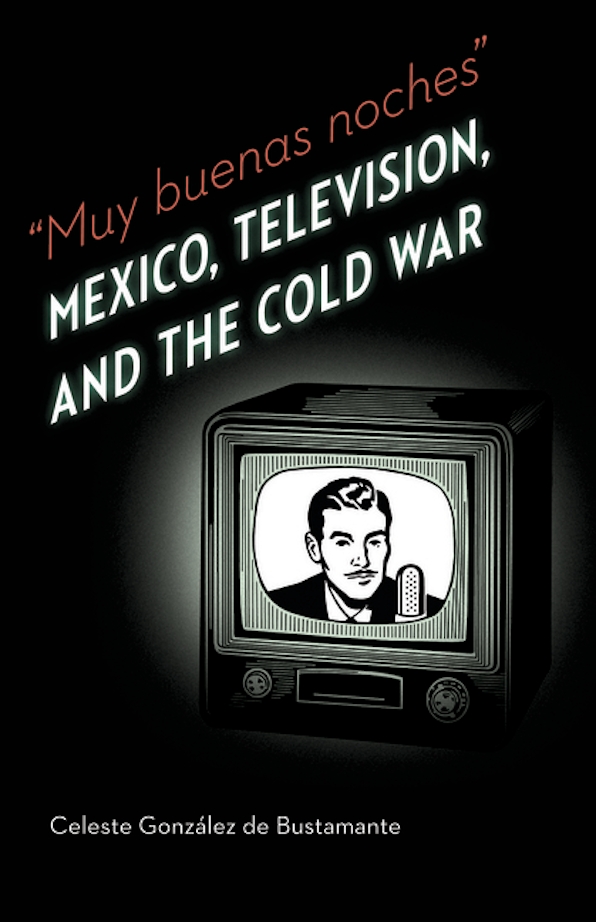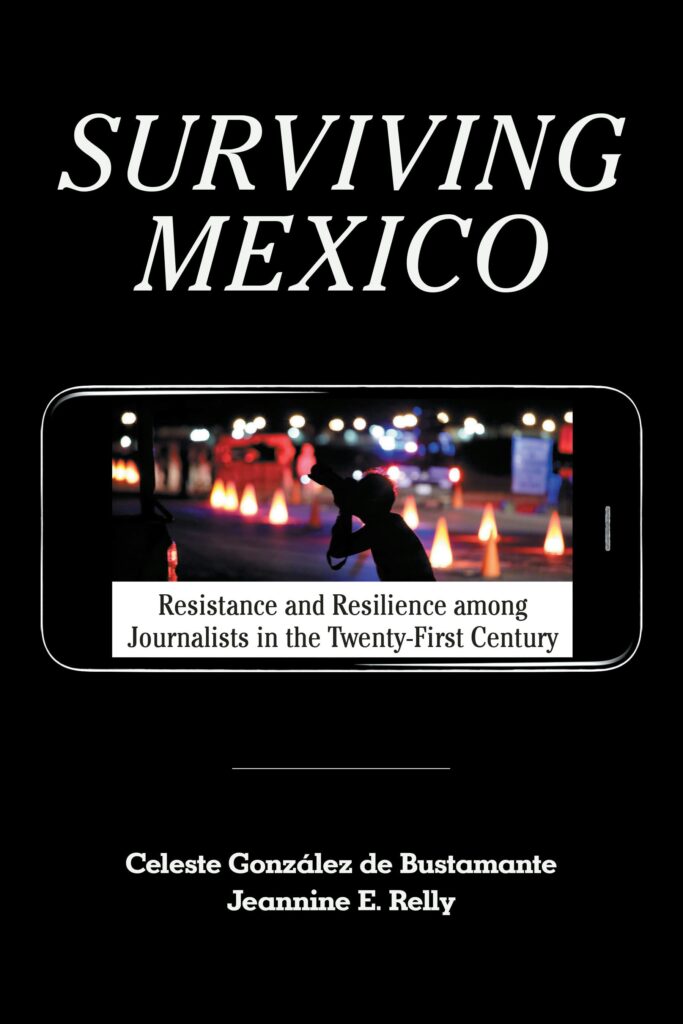CELESTE GONZÁLEZ DE BUSTAMANTE is chair of the LLILAS Mexico Center and founding director of the Center for Global Change and Media in the Moody College of Communication at UT Austin, where she holds the Mary Gibbs Jones Centennial Chair in Communication. She is a historian of journalism and media, and an award-winning author. She was interviewed in spring 2025 by Portal editor Susanna Sharpe.
You are a historian by training. How and when did you develop an interest in media?
Like all good PhD students, I was guided by my adviser, and it was a natural progression. I was working in television while doing my PhD, so I was encouraged to look at media in Mexico, which has always been an interest of mine. As a journalist working on the U.S.–Mexico borderlands, I wanted to learn more about Mexico. It made sense for me to look at television in Mexico because nobody had really written a deep history in English of how television came about there. So I researched television news in Mexico and the connections of those who would become media moguls in Mexico and political elites.1 The literature at the time had portrayed the media elites and political elites as walking in lockstep. My research showed that that didn’t always happen, that there were times when they didn’t see eye to eye, although certainly they were trying to push the same kind of overarching agenda, which was to create a modern Mexico that was good for business. In that sense, they did have many mutual areas of interest. My research has looked a lot at contemporary issues from the 1950s on. At the same time, I’m very interested in the colonial era. At some point, I want to look more closely at the connections between Mexico and the Philippines through the Manila galleons.
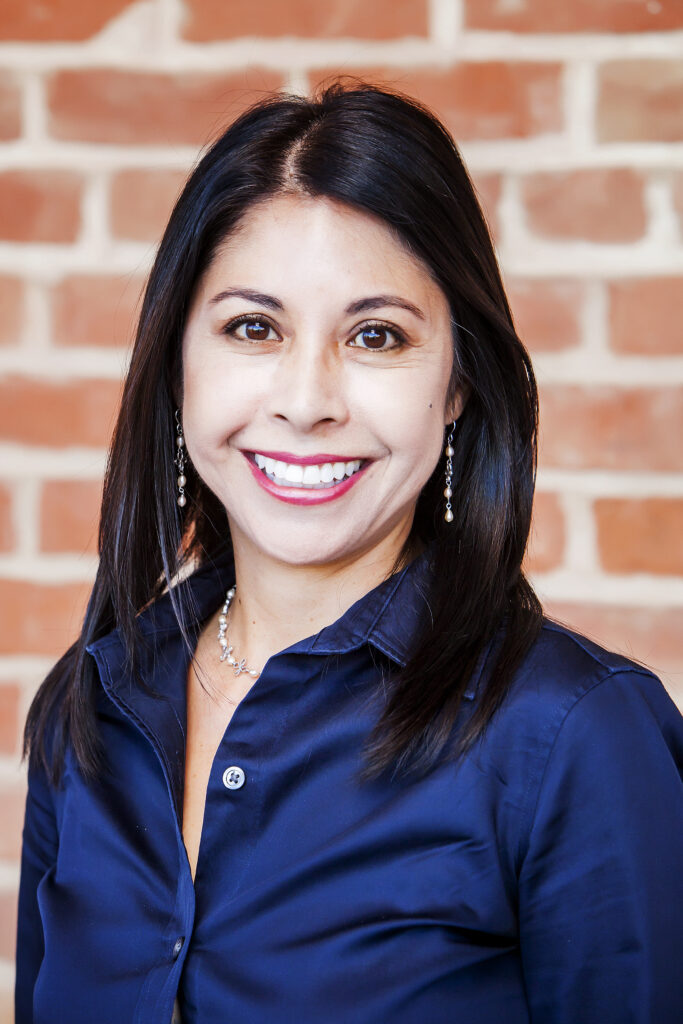
What were the factors in your pivoting away from TV journalism and deciding to work in another field?
If you had asked me as an undergrad, or even when I was working as a journalist, “would you get a PhD?”— that wasn’t even on my radar. But I always thought I would pursue an advanced degree at some point. I got my MA in Latin American Studies at the University of Arizona to bolster my skills as a journalist, because I was doing so much reporting on migration and issues related to the U.S.–Mexico borderlands. I fell in love with the research and wanted to do more in-depth study, which I couldn’t do as a journalist. Continuing to the PhD made a lot of sense because of the flexibility. As a journalist you have no flexibility in your schedule. Academia also allowed me to write more comprehensively and about more complex topics.
You head the Center for Global Change and Media in the Moody College of Communication. How did the Center come about, and what are its goals?
There was a gap at Moody College in support for those who do global research and have global interests, and that is an area of interest and expertise of mine, especially in Mexico and Latin America. I conducted focus groups with faculty, students, and staff to explore what the college needs and what the university needs. It became clear that we needed to reach out to our international students—in particular international graduate students. UT is a huge university, and there are lots of challenges for people who are coming into the United States for the first time. The Center gives us an opportunity to do outreach, to find out what students need to help them adjust, and also to be there throughout their whole trajectory, from coming in as a student to graduating and finding a position outside. We’ve developed a mentoring program to create community. I’m working to build a structure for more formal mentoring of incoming international students by international students who have been at the university for a couple of years, to help them make that transition. It will also include mentoring by faculty.
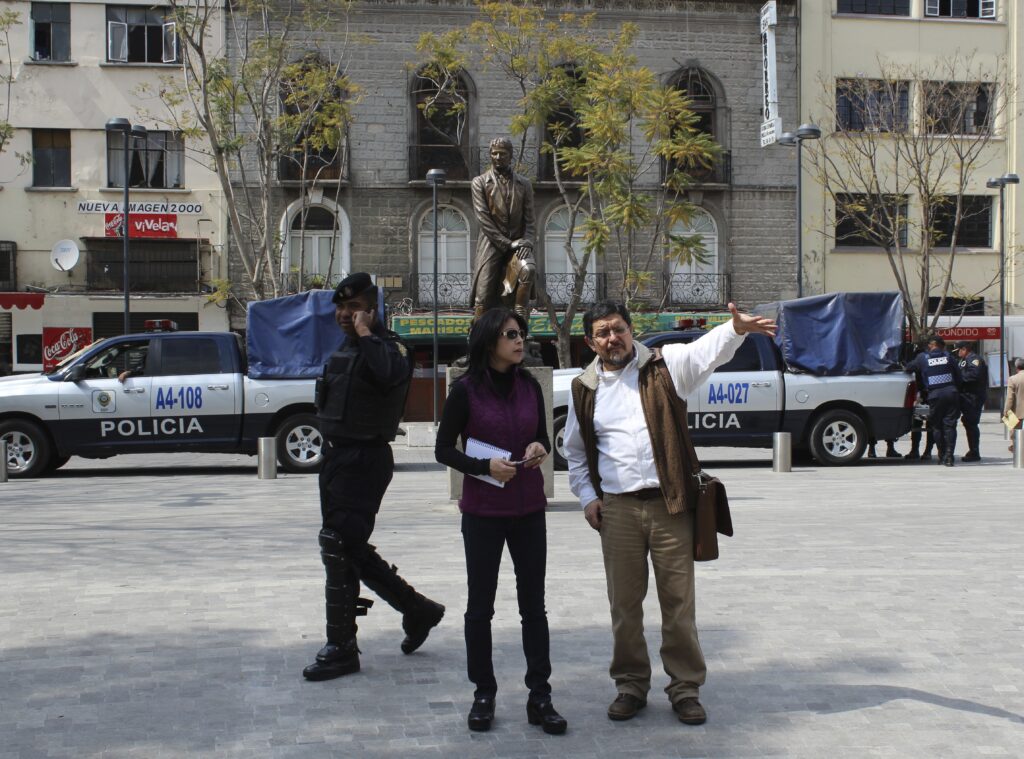
How does media influence societies?
One of our mottos at the Center for Global Change and Media is “When we transform media, we transform societies.” We want to transform society in positive ways, toward social change and social justice, but we have seen throughout history that media often influence society in negative ways, unfortunately. The media systems we have are connected to the technologies of our time. I always go back to Melvin Kranzberg’s law of technology, which states that “technology is neither good nor bad, nor is it neutral.” Media are omnipresent in our everyday lives. At the Center, we’re looking at ways to improve media through our research and outreach. The goal is to eventually develop more humane media systems, leading to better futures in which we can thrive.
What research are you currently involved with?
The Center’s research affiliates and I are focused on research about media through critical lenses, and also conducting forward-looking research. For example, we’re looking at issues like AI and stereotypes, and de-biasing AI. This is related to Latin America and connected to the dissertation topic of Brazilian PhD student Silvia DalBen Furtado. We gathered over 1,000 images from countries all over Latin America and asked AI to create images of a person, a street, a person in a street, and a student. We knew we were going to see stereotypical images created; that was the whole point. But when we saw exactly how generative AI was reproducing stereotypes, it was quite shocking. For example, a student in Ecuador or a student in Argentina was shown with a Mexican-style sarape and a sombrero. Streets throughout these different countries were shown with tropical fruits and colonial architecture. We are hoping that our research will have an impact on the future of media and improve media systems.
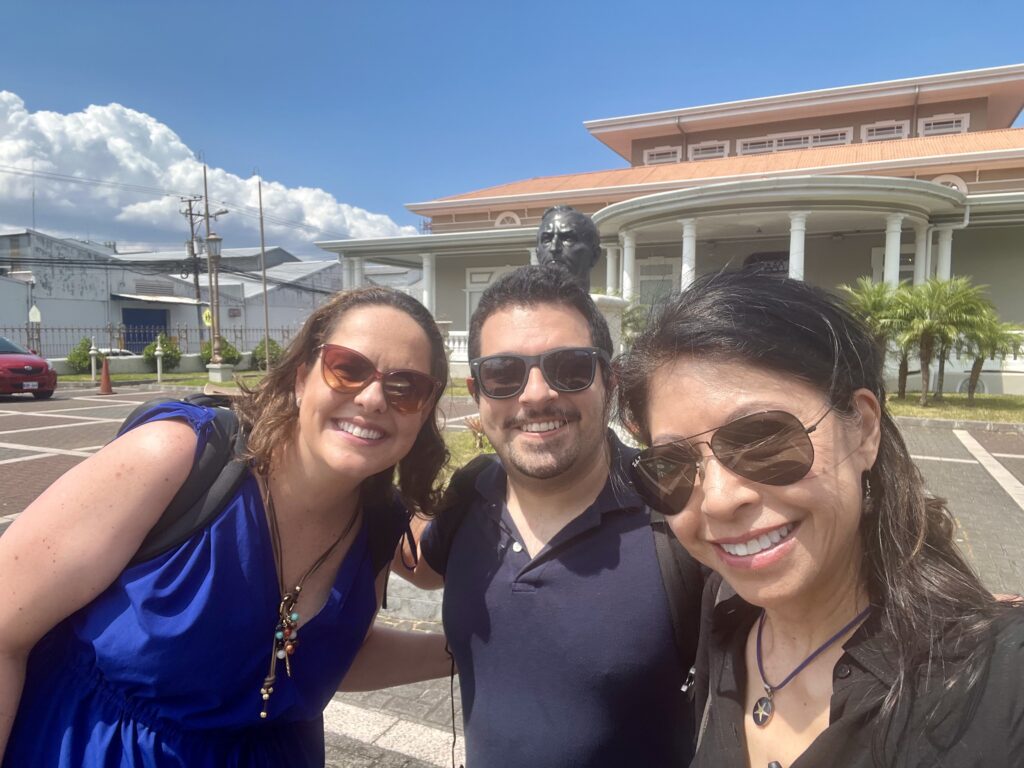
Another project is my research with Furtado and LLILAS PhD candidate Gustavo Fuchs, which recently received a LLILAS Seed Grant for Interdisciplinary Research in Latin America. We are looking at journalists in Costa Rica, including journalists in exile there—those from Nicaragua, Guatemala, El Salvador, Honduras, Venezuela, and Mexico. We want to understand why journalists are going to Costa Rica, as well as why and how the environment for journalists is declining there due to current political forces. Costa Rica’s president, Rodrigo Chaves Robles, who took office in 2022, has been very vocal in attacking media and calling journalists horrible names. We hope that our research will shed light on the current conditions for journalists there, and why Costa Rica is such an important country for journalists in the region, both contemporarily and historically. If we observe conditions worsening, that could potentially be harmful not just for Costa Rican journalists but for others who are seeking refuge there.
What are the threats to journalism as governments become more authoritarian?
There is a sweeping wave of threats to journalists by authoritarian regimes. The U.S. constitution and other constitutions—Mexico’s is one, Costa Rica’s is another—have press freedoms built into them. But if the very institutions that are set up to protect journalists are the ones that are attacking them, that’s where you have not just a huge disconnect, but a breakdown of the system. Journalists we met in Mexico are having to create their own systems of protection because the government is no longer there as it should have been.
During times when they are under threat, how do the journalists you study build solidarity networks or institutional support?
We ended up seeing solidarity in Mexico when violence and attacks against journalists started increasing to an extreme extent. A study I co-authored with journalism professor Jeannine Relly, Surviving Mexico,2 looks at the period from 2000 to 2020. We found that over time, journalists weren’t getting support from the government, and in some cases, they weren’t getting support from their own media outlets, so they started creating their own organizations by and for journalists that weren’t connected to the government. They weren’t connected to their media outlets either, which is something that hadn’t been done before. Now there are media networks and media collectives in almost every region of the country, including some of the most dangerous states. One of the shining little moments in all of this is to see how journalists were being resistant to horrible conditions and resilient at the same time; that’s something that we didn’t expect to see. We haven’t looked at all the other different countries, but I would say that we’re seeing less of that solidarity right now in Costa Rica, partly because of increasing polarization among citizens and media outlets, and perhaps because some journalists feel less under attack.
One of the many hats you wear is chair of the LLILAS Mexico Center. What are your hopes for the coming year?
It is an honor to be chairing the Mexico Center at this important point in time. It’s a difficult time, with issues related to migration and U.S.–Mexico relations. At the same time, we have an opportunity to promote more understanding. I plan to do whatever I can in that role to support students and faculty in their research, and to help students publish their research to make it more visible. A new initiative, the Rosario Castellaños Seminar, will allow UT students to work with some of Mexico’s most prominent scholars and intellectuals. The idea is to support collaborations that explore new ways to address longstanding issues such as migration and environmental challenges. We’re really excited about this new initiative and hope that it helps many current and future students as well as raising the profile of the Mexico Center, which is celebrating its 45th year! ✹
Notes
1. Celeste González de Bustamante, Muy buenas noches: Mexico, Television, and the Cold War (Lincoln: University of Nebraska Press, 2012).
2. Celeste González de Bustamante and Jeannine E. Relly, Surviving Mexico: Resistance and Resilience among Journalists in the Twenty-first Century (Austin: University of Texas Press, 2021).

